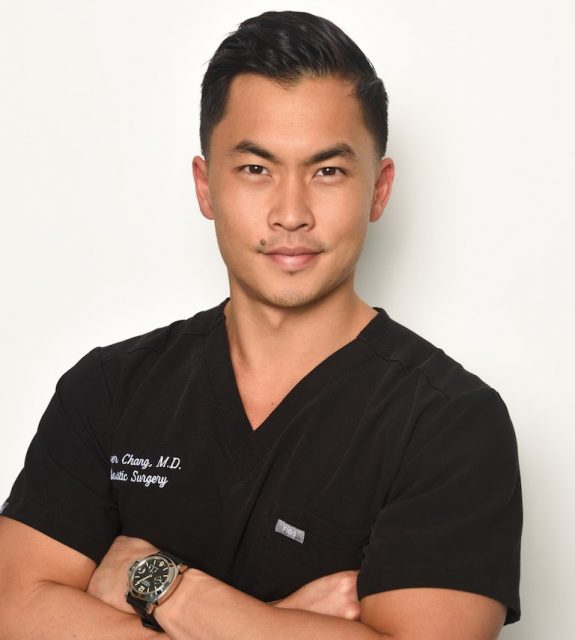Hair thinning and loss is a common concern for men and women alike, yet female hair loss gets significantly less attention. Baldness is more socially acceptable in men and many males choose to shave their heads, while most women would never entertain the thought. The symptoms of hair loss are different in men and women as well. While men experience a receding hair line or balding in a concentrated area, women tend to see a widening of their part or thinning over the entire head. Hair loss can have also have more of an impact on a woman’s confidence and self-esteem as well.
But the good news is that hair thinning and loss are usually treatable in both men and women, but it’s important to seek professional help early. Whether caused by genetics, hormonal changes, an underlying medical condition, stress, diet, medication or lifestyle factors such as wearing tight braids or hair extensions, the sooner the source of hair loss is identified and addressed, the easier it is to slow its progression and restore a healthy head of hair. Depending on the cause and severity of hair loss, there are a variety of treatment options, which are often combined for optimal results.
Facial plastic surgeon Dr. Miguel Mascaró, co-founder of the Delray Beach Hair Transplant Center in Delray Beach, Florida likens hair growth to tending to a garden. “Improving the irrigation system (with platelet-rich plasma or Rogaine) will help the crop grow. Other times, we need fertilizer and stimulants to improve the quality of the soil (with supplements, platelet-rich plasma, Propecia or Aldactone). If there are no seeds, we need to place some there (with SmartGraft hair transplantation.”
Supplements
There are a wide variety of dietary supplements, or nutraceuticals, that are geared toward promoting hair growth. Formulated with vitamins and minerals that support the scalp and stimulate the hair’s growth cycle, a few professional favorites include Viviscal Extra Strength and Nutrafol. Dr. Mascaró explains, “Viviscal has been shown to keep hair in the growth phase, which becomes shorter with age and leads to weak, thin hair. Nutrafol offers a men’s formula that focuses on decreasing the production of the hormone believed to cause male pattern hair loss, and a women’s formula that helps decrease the inflammation and stress that leads to hair loss. Both Viviscal and Nutrafol target the factors that contribute to hair loss, but Nutrafol works to promote hair growth as well.”
HairMax LaserBand
FDA-approved for promoting hair growth at home in as little as 90 seconds three times a week, HairMax Laser Bands deliver focused laser light to the scalp from ear to ear. “This low-level laser therapy is believed to work by activating shock proteins and encouraging oxygenation of the scalp to promote adequate blood supply and nutrition to thinning follicles,” says Dr. Mascaró. The HairMax technology has been clinically proven to increase hair strength and density in both women and men with a 90 percent success rate, and it is available in a handheld brush-like version as well.
Topical and oral medications
There’s a wide array of medications that can help slow hair loss and promote hair growth. Over-the-counter Rogaine (minoxidil) is applied directly to the scalp and is appropriate for both men and women, but Dr. Mascaró emphasizes, “Daily compliance is important.” Prescription-based Propecia (finasteride) is often recommended for pattern baldness in men and Aldactone (spironolactone) may be used off-label to treat hair thinning and loss in women. “It won’t grow new hair., but it can prevent thinning hair from shedding and allow existing hair to become thicker and fuller,” Dr. Mascaró says.
Platelet-rich plasma (PRP)
Our cells need white blood cells, growth factors and other proteins to operate a maximum capacity, and our own blood is the perfect source. Platelet-rich plasma (PRP) treatments involve isolating these vital components from the blood and reinjecting them into the scalp in order to stimulate the hair follicles. Dr. Mascaró explains, “Recent studies have shown that PRP promotes cell growth via protein production. In terms of hair growth, this stimulation of protein production prolongs the growth phase of the hair cycle.” Three monthly treatments are generally recommended to start, and additional treatments every three to four months may be necessary depending on the extent of a patient’s hair loss and their individual response.

SmartGraft
“Traditional hair restoration required a big scar across the back of the scalp, along with the downtime and required healing associated with surgery,” says Dr. Mascaró. With advanced technology like follicular unit extraction (FUE), small clusters of just a few hairs are discreetly moved from a donor spot to thinning or balding areas without large scars. “SmartGraft takes FUE to the next level by ensuring the grafts stay adequately hydrated and cooled from the second they are extracted from the scalp—and increases the survival rate of the transplanted hairs,” Dr. Mascaró explains. SmartGraft patients generally see new hair growth approximately three months after the procedure and have new hair that can be styled after six months. Full results are apparent after nine to 12 months.


For more information, visit Dr. Miguel Mascaró's social media:
























